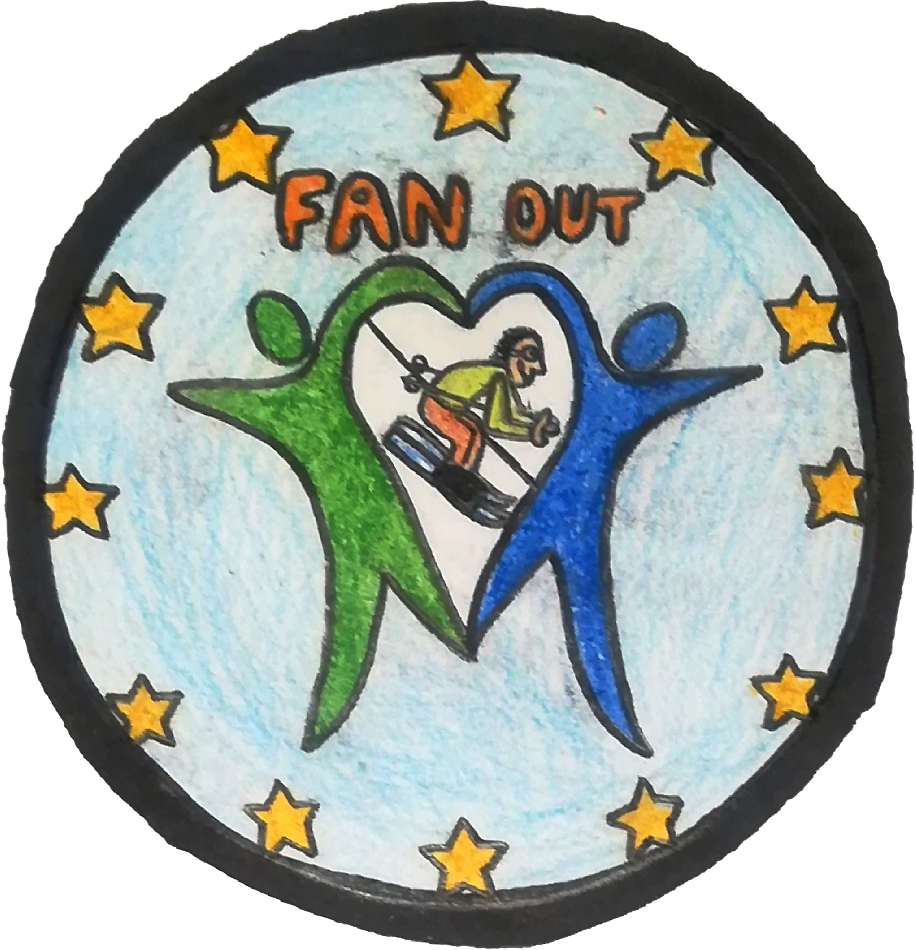MPIKO ALAMADA

THROWIG GAMES, SHOOTING GAMES

GAME

ALL

SMALL GROUP

NO CLUB

PHYSICAL CONDITION IMPROVEMENT
Keramidakia
How is it played? (Rules)
At the beginning of the game the kids were setting a guard, this player who would stay with the mpiko (tin box from canned food around 20-25 cm tall). The kids were drawing two parallel lines at the dirt or pavement, around 5 meters apart from each other. All players were holding a small flat stone with a diameter of around 10-15 cm, the so-called alamada. The mpiko was placed at the middle of the one line and the kids were standing at the other line trying, one after the other, to hit the mpiko by throwing their stone. In order the player to get back his/her stone, he/she had to step on it and lift it high, up to the arms, by using only his/her legs. If one stone had hit the mpiko the guard had to place it back to its initial position and «hunt» the others. If the guard was «catching» someone before he/she could step on his/her stone, this player would be the next guard and the game would continue.
Sport or Game History and origins:
Long time ago.
Submitted by
LAOGRAFIKI OMADA GYBAIFON SOCHOU
Objective
Improve concentration and physical condition.
Benefits
Physical: Physical condition improvement (strength, speed, endurance, etc.)
Physical: Motor skills improvement (coordination, balance, agility, etc.)
Psychological: Relaxation (de-stressing, problem distractor, etc.)
Socialization (social relations based on game/sport).
Game’s materials
Stones.
Is it related to an specific event or festivity ( festivals, religious or pagan celebrations)?
No.






